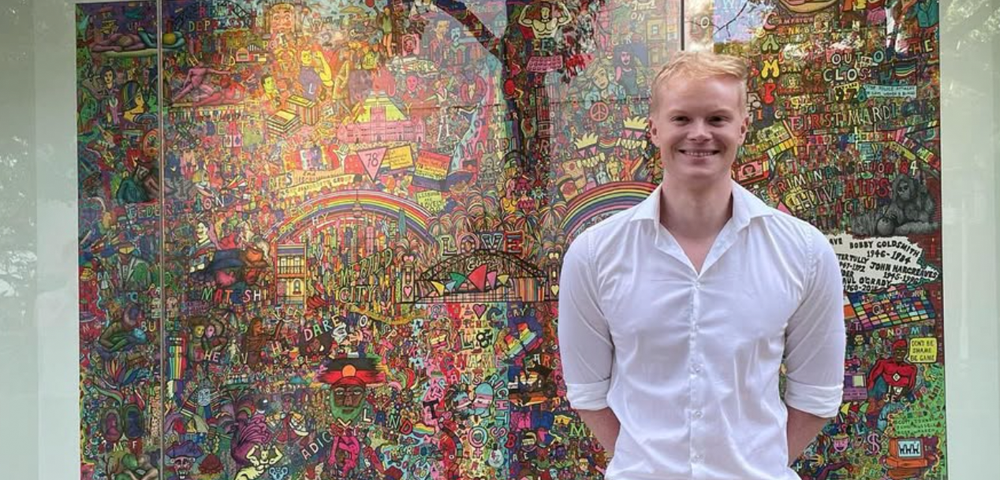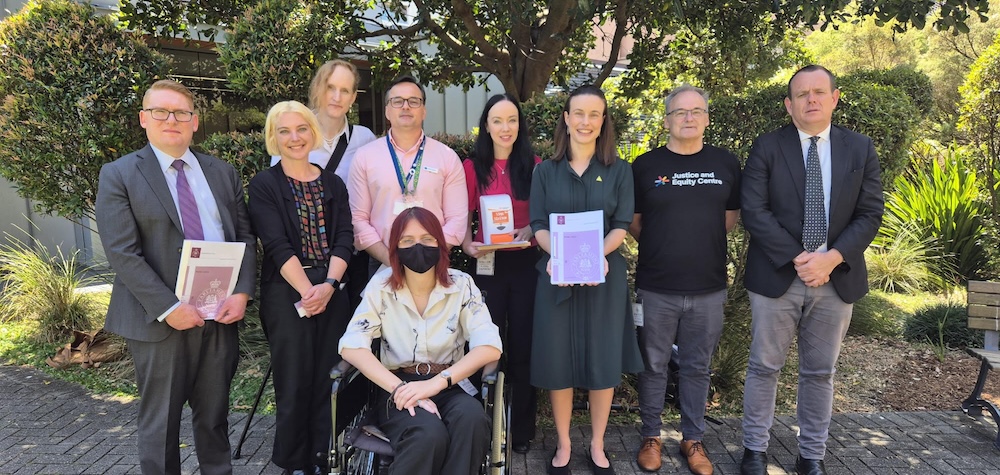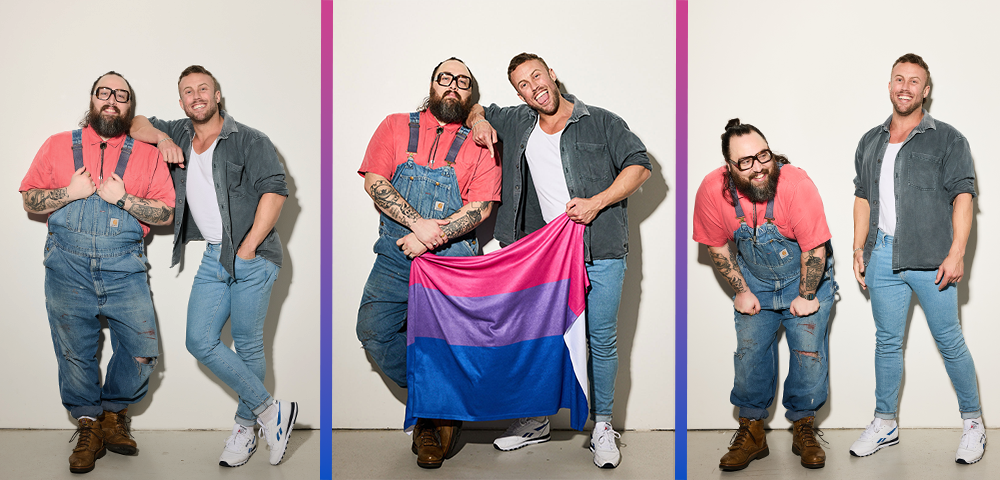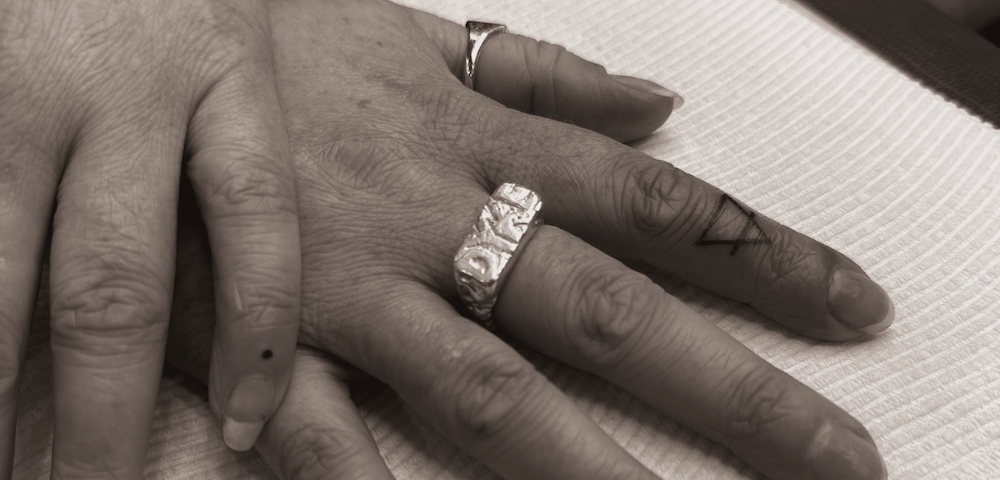
The march towards zero HIV transmissions requires zero complacency
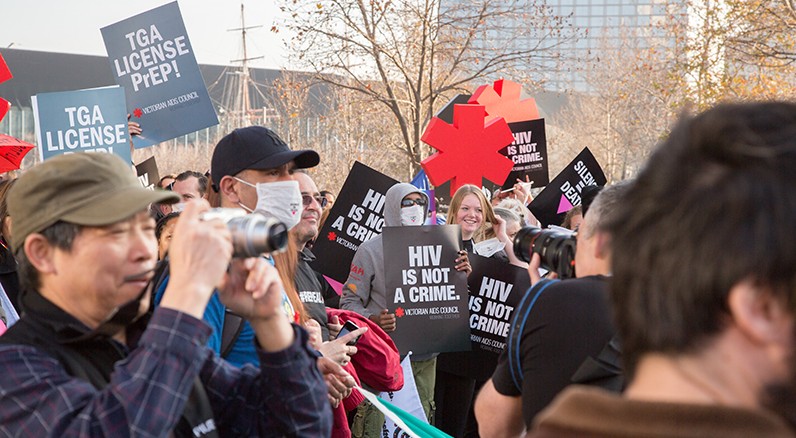
FOR the past five years, the call to action from UNAIDS to governments, civil society and researchers around the world is to get to zero — zero new transmissions, zero deaths from AIDS-related illnesses, and zero discrimination by 2015.
And while we head towards this aspirational goal, UNAIDS has set the 90-90-90 country targets: 90 per cent of those living with HIV being diagnosed, 90 per cent of people living with HIV on treatment, and 90 per cent of people with a suppressed viral load by 2020.
[showads ad=MREC] So how are we doing?
Australia’s response to HIV has been lauded worldwide as highly successful. The national treatment cascade indicates that as a nation we are very close to the 90-90-90 targets, although there is variability across the country in different states and cities. In Victoria, we understand that the figures are as high as 87 per cent of those living with HIV having been diagnosed, 84 per cent of people living with HIV (PLHIV) are currently on treatment and 76 per cent of PLHIV are undetectable due to high levels of treatment uptake and adherence.
This incredibly important work done by clinicians, community organisations, researchers and public health agencies working in partnership has been the hallmark of the success of the Australian response. All agree that there are two important actions which must be taken if we were to reach the 90-90-90 target, and one single action we continue to ignore.
First, we must ramp up testing frequency and options (such as rapid testing) so people who happen to be living with HIV are diagnosed as early as possible.
Second, we must eliminate all the barriers to the access of all forms of anti-retro viral medications (ART) both as PrEP (pre-exposure prophylaxis) and for PLHIV requiring treatment — such as the cost of prescriptions, points of access, Medicare ineligibility and other barriers.
Our ignorance is our failure to understand and appreciate the undermining and limiting effect that HIV stigma and discrimination plays in the lives of PLHIV, communities affected by HIV and those at risk at contracting HIV. It is stigma that makes governments afraid to do what they know is right, it pits people in communities against each other and it diminishes our humanity when we feel compelled to remain silent and to take no action when we see injustice and wrongs being done to others.
I will never forget my first experience of HIV discrimination and stigma. It occurred in my workplace where I naively thought that being an AIDS council, it would be a safe place to disclose that I tested HIV-positive. I’ll never forget the the hushed whispers, the awkward “I’m so sorry” looks, and the claims made by colleagues that I had failed in my role as a HIV health educator, that I could no longer be considered a role model and that perhaps it was time for me to think of getting out of the HIV and AIDS sector.
I believe we must use everything and anything we know that works to prevent HIV transmissions: pharmacology, condoms, sero-sorting and anything else which limits your risk. However, I do not believe that these alone will end HIV.
I do not believe we are working hard enough to eliminate the discriminatory access to ART for HIV-positive people and PrEP for HIV-negative people in order to prevent HIV transmissions in the first place and to ensure that PLHIV are able to reach and maintain an undetectable status.
I do not believe we are investing, enabling and mobilising affected communities to take control over this epidemic. We continue to “do for the community” rather than “with the community” for who knows what reasons. While we try to protect our turf and our egos, we are missing out on capitalising upon new ways of engagement where the voices and action of communities lead the way. We must consider hanging up the old ideas and marketing schemes and instead consider innovations where communities take ownership of the creation and deliver of health promotion messages.
I do not believe we are investing in the new leaders and new leadership practices that are modelling a new way forward. We should be scraping the status quo, demanding new practices which challenge our traditional ways of operating, which inspire a shared vision where we enable others to act and then recognising their contributions and celebrating these accomplishments.
Imagine this: If every single HIV-positive person in Australia came out today, in all aspects of their lives, I truly believe there would be a radical transformation of how we see HIV. Sadly, I don’t know a single HIV-positive person who can say that they are “out” 100 per cent in all facets of their lives. Including me.
But then I watch the ways in which those gay men going onto PrEP are experiencing what it is like to be HIV-positive. Their international travel is restricted, they are called upon to educate family, friends and sexual partners because they are taking action by taking the pills that will save their lives. They get discriminated against — assumed to be or called bareback junkies or whores. With the voices of those on PrEP, maybe the volume will finally be high enough to drown out the stigma associated with HIV.
With Australia at the top of the list when it comes to the countries that have a real chance to hit the 90-90-90 targets and the goal of “getting to zero”, we must continue to scale up what we know will work to prevent HIV transmissions and eliminate the secrecy, shame and denial that accompanies the virus once and for all.
Brent Allan is the Chief Executive Officer of Living Positive Victoria, a member of the Victorian Ministerial Taskforce on LGBTI people and civil society representative to the International AIDS Society’s Industry Liaison Forum.
Follow Living Positive Victoria on Twitter:@livingposvic
______________________________________
RELATED: On the Path to Zero Transmissions
RELATED: The Rise and Rise of PrEP
RELATED: The Case for PrEP
RELATED: The Blame Game (PLHIV Share their Personal Stories)
RELATED: The Quest to Tackle HIV stigma
______________________________________
**This article was first published in the December edition of the Star Observer, which is available now. To obtain a copy, click here to find out where you can grab one in Melbourne, Sydney, Brisbane, Adelaide, Canberra and select regional/coastal areas.
Read the December edition of the Star Observer in digital format:
[showads ad=FOOT]




